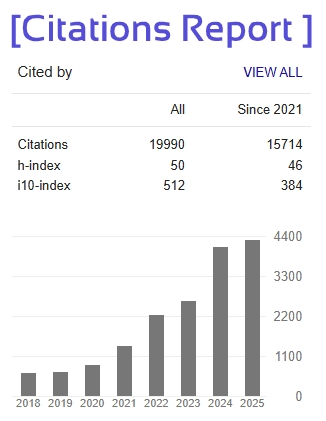Effects of Combined Aerobic and Resistance Training on Muscle Strength in Middle-Aged Type 2 Diabetics
Authors: Diwakar A1, Rekha K2, Surya Vishnuram3
Affiliation: Saveetha college of physiotherapy, Saveetha Institute of Medical and Technical Sciences (SIMATS), Chennai, Tamil Nadu, India
Conflict of interest: The authors declare no conflict of interests.
ABSTRACT
Background: Type 2 diabetes (T2D) is a prevalent metabolic disorder associated with various complications, including muscle weakness, which can affect quality of life. Combined aerobic and resistance exercises have shown potential in improving physical strength and function in T2D patients, but the specific effects on muscle strength in elderly diabetic patients remain underexplored.
Objective: This study aimed to investigate the effects of combined aerobic and resistance exercise on muscle strength in geriatric patients (aged 40–60 years) with Type 2 diabetes.
Methods: A quasi-experimental study was conducted with 30 participants diagnosed with Type 2 diabetes. Participants were enrolled through convenient sampling and completed a 12-week exercise program consisting of aerobic exercises (walking, running, cycling) and resistance exercises (step-ups, bodyweight exercises, and resistance bands). The muscle strength of key muscle groups, including knee extensors, knee flexors, ankle dorsiflexors, shoulder abductors, elbow flexors, and hip flexors, was measured before and after the intervention using both dynamometry (force in Newtons) and Manual Muscle Testing (MMT) (0–5 scale). Paired t-tests were used to compare pre- and post-test results, and effect sizes (Cohen’s d) were calculated for dynamometry data.
Results: Significant improvements were observed in all muscle groups post-intervention. The knee extensors showed the greatest improvement (21.5%, p < 0.001), followed by knee flexors (17.0%, p < 0.001), and ankle dorsiflexors (15.6%, p < 0.001). The effect sizes for dynamometry measurements ranged from moderate to large (Cohen’s d = 0.61–1.52). Additionally, MMT scores showed a significant increase in muscle strength across the assessed muscle groups (p < 0.001).
Conclusion: The results suggest that a combined aerobic and resistance exercise program can significantly enhance muscle strength in geriatric patients with Type 2 diabetes. These findings emphasize the importance of incorporating both aerobic and resistance exercises in managing muscle weakness in T2D, potentially improving functional capacity and reducing the risk of diabetic complications in elderly patients.
Keywords: Resistance training, Type 2 diabetes mellitus, Combined exercise, Geriatric population







